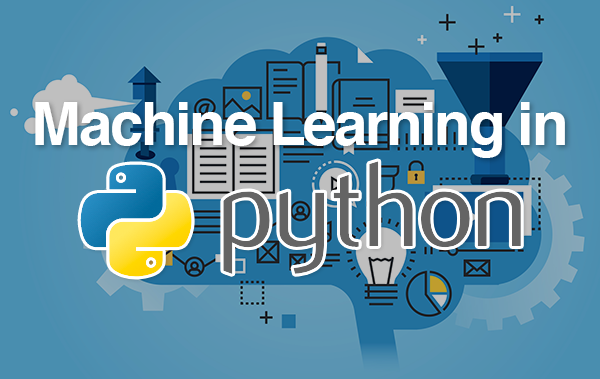Binary Classification using GaussianNB, MultinomialNB, BernoulliNB classifiers

Binary classification is a type of supervised learning where the goal is to predict one of two possible outcomes, such as “positive” or “negative”. The Naive Bayes Classifier is a popular algorithm for binary classification, and it is implemented in the scikit-learn library (sklearn) in three different forms: GaussianNB, MultinomialNB and BernoulliNB.
GaussianNB is used when the data is continuous and follows a normal distribution. It is based on the assumption that the likelihood of a feature is a Gaussian distribution. This implementation is particularly useful when the features of the data are continuous, such as in problems related to image processing, speech recognition, and natural language processing.
MultinomialNB is used when the data is discrete, and the features represent the occurrence of events. It is based on the assumption that the features are generated by a multinomial distribution. This implementation is particularly useful when the features of the data are counts, such as in problems related to text classification, document classification, and sentiment analysis.
BernoulliNB is also used when the data is discrete, but the features represent binary events. It is based on the assumption that the features are generated by a Bernoulli distribution. This implementation is particularly useful when the features of the data are binary, such as in problems related to spam detection, fraud detection, and customer churn prediction.
The first step in using these classifiers is to prepare the dataset, this dataset should contain labeled examples of the two possible outcomes. The dataset should also be split into a training set and a test set. The training set is used to train the algorithm, and the test set is used to evaluate its performance.
After selecting the appropriate classifier and preparing the data, we can train the classifier on the training set using the fit() function. The classifier will learn the patterns in the data and use them to make predictions about the outcomes of new examples. After the classifier is trained, we can evaluate its performance on the test set using the predict() function. This function will take in the test set and return an array of predicted labels for each example in the test set. We can then compare the predicted labels with the actual labels to calculate the accuracy of the classifier.
Finally, we can use the trained classifier to make predictions on new, unseen examples. This can be done by calling the predict() function on the trained classifier and passing in the new examples.
In summary, using Naive Bayes Classifier for binary classification in scikit-learn (sklearn) involves selecting the appropriate classifier from the GaussianNB, MultinomialNB and BernoulliNB based on the nature of data. Preparing a labeled dataset, splitting it into a training set and a test set. Training the classifier on the training set using the fit() function and evaluating its performance on the test set using the predict() function. Finally, using the trained classifier to make predictions on new unseen examples by calling the predict() function on the trained classifier and passing in the new examples. Each of these implementations is suited for different types of data, and the choice of implementation will depend on the nature of the data.
In this Applied Machine Learning & Data Science Recipe (Jupyter Notebook), the reader will find the practical use of applied machine learning and data science in Python programming: Binary Classification using GaussianNB, MultinomialNB, BernoulliNB classifiers.
Disclaimer: The information and code presented within this recipe/tutorial is only for educational and coaching purposes for beginners and developers. Anyone can practice and apply the recipe/tutorial presented here, but the reader is taking full responsibility for his/her actions. The author (content curator) of this recipe (code / program) has made every effort to ensure the accuracy of the information was correct at time of publication. The author (content curator) does not assume and hereby disclaims any liability to any party for any loss, damage, or disruption caused by errors or omissions, whether such errors or omissions result from accident, negligence, or any other cause. The information presented here could also be found in public knowledge domains.
Learn by Coding: v-Tutorials on Applied Machine Learning and Data Science for Beginners
Latest end-to-end Learn by Coding Projects (Jupyter Notebooks) in Python and R:
Applied Statistics with R for Beginners and Business Professionals
Data Science and Machine Learning Projects in Python: Tabular Data Analytics
Data Science and Machine Learning Projects in R: Tabular Data Analytics
Python Machine Learning & Data Science Recipes: Learn by Coding
How to compare boosting ensemble Classifiers in Multiclass Classification
How to tune Hyperparameters in Gradient boosting Classifiers in Python